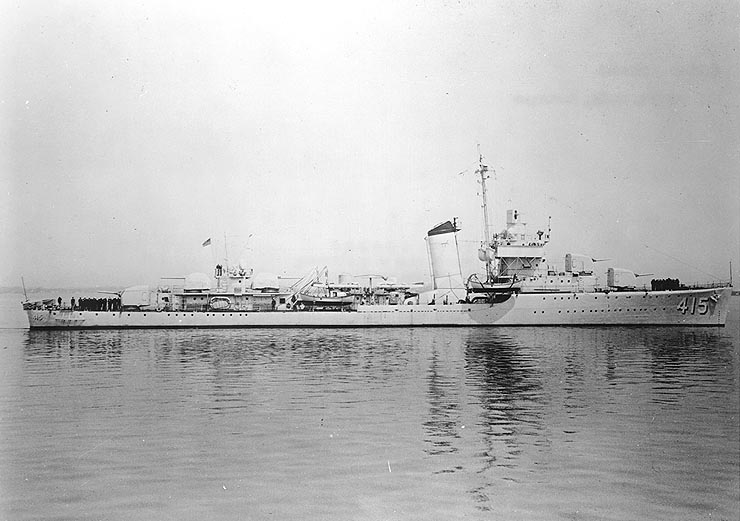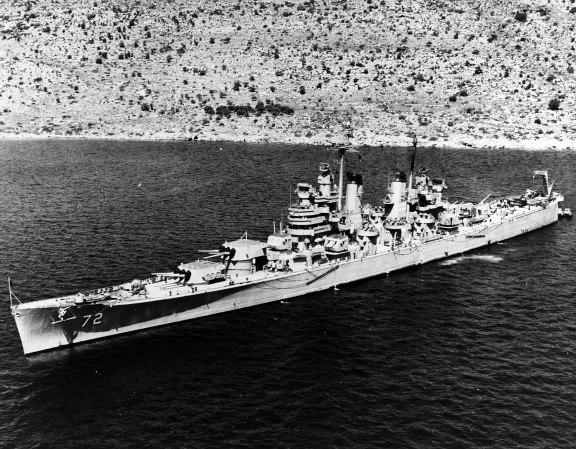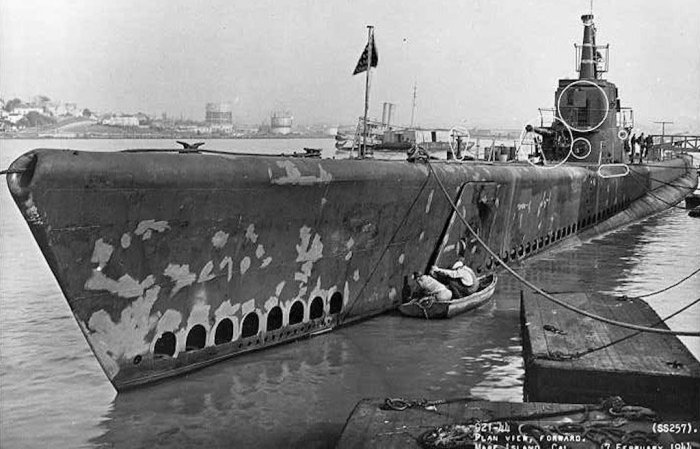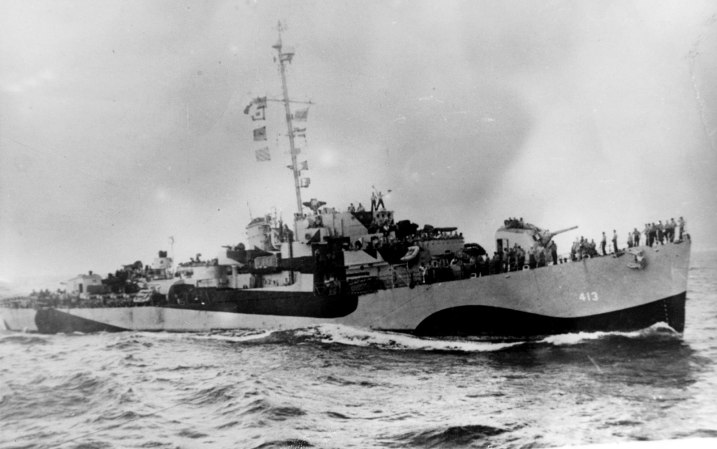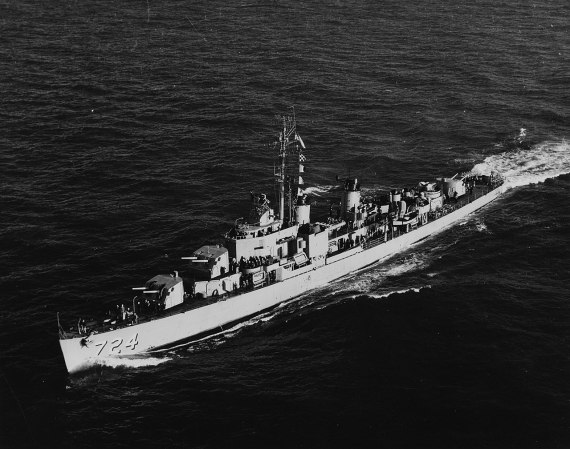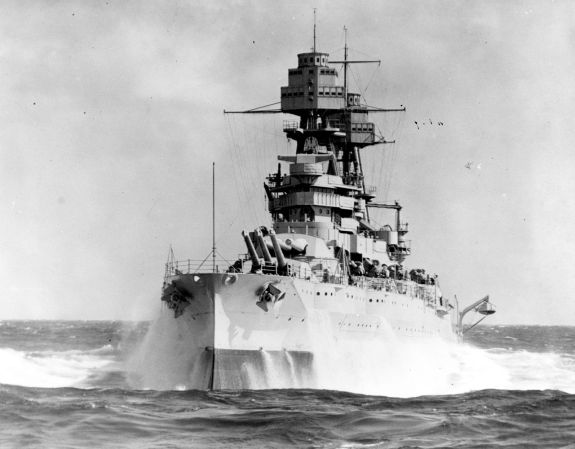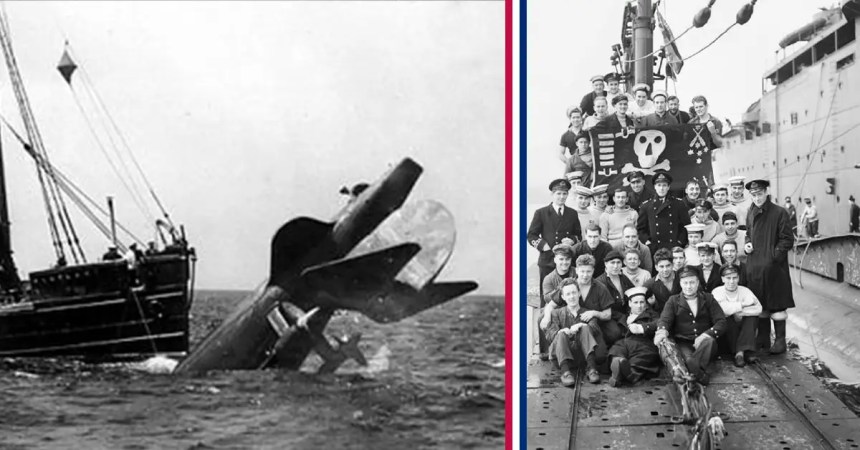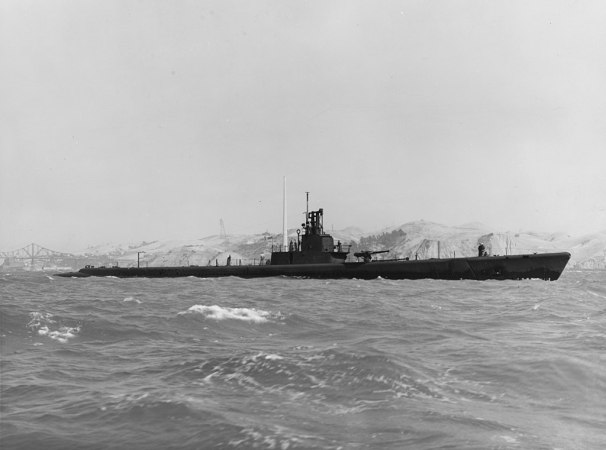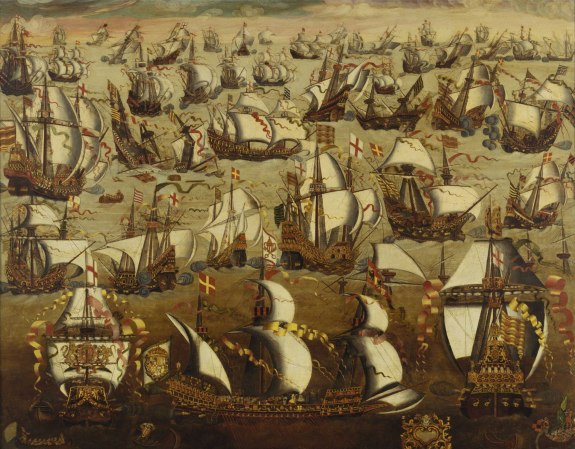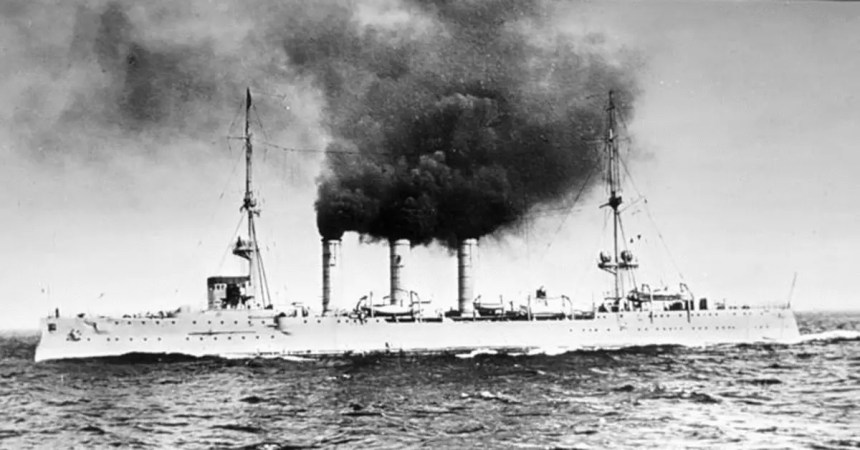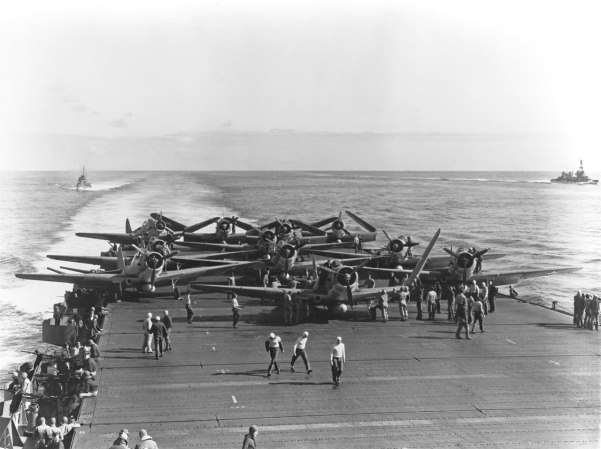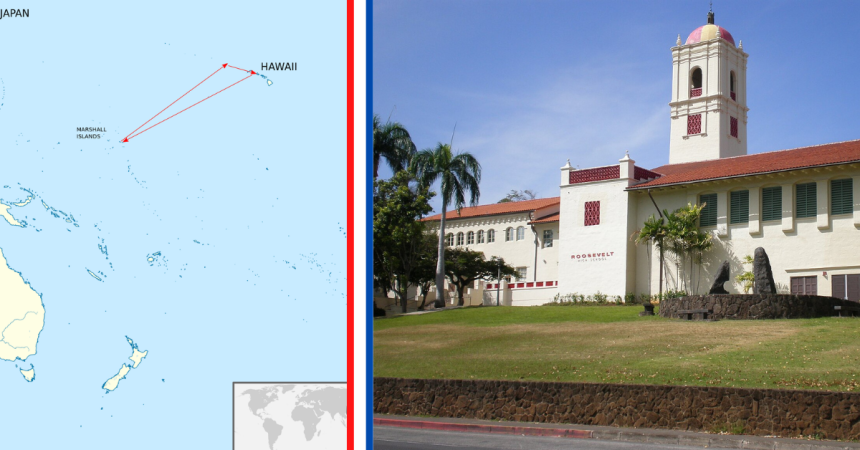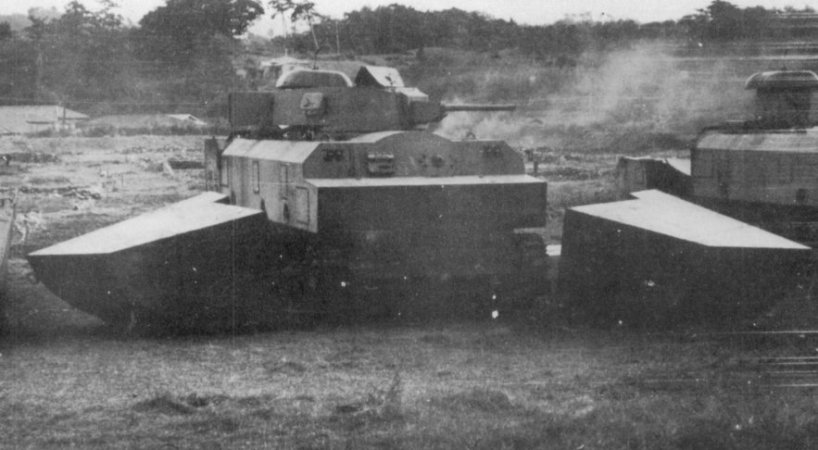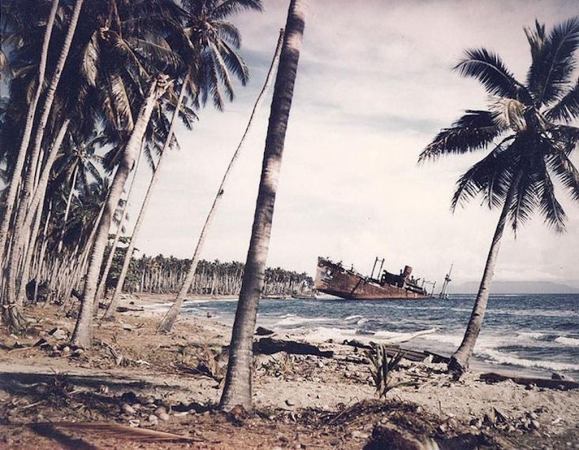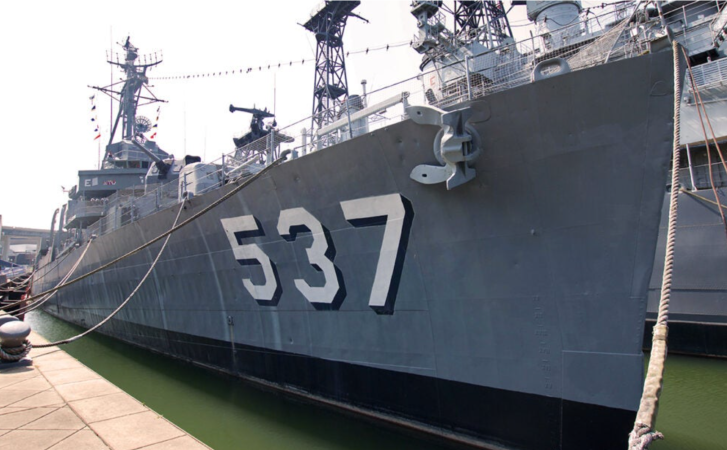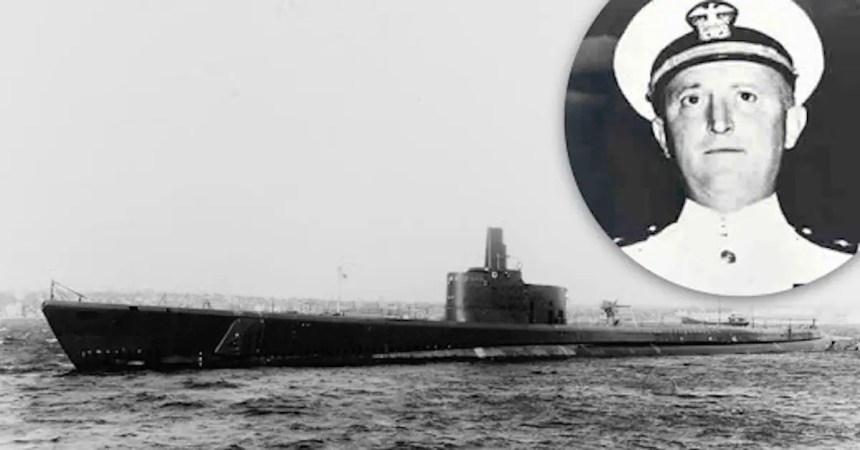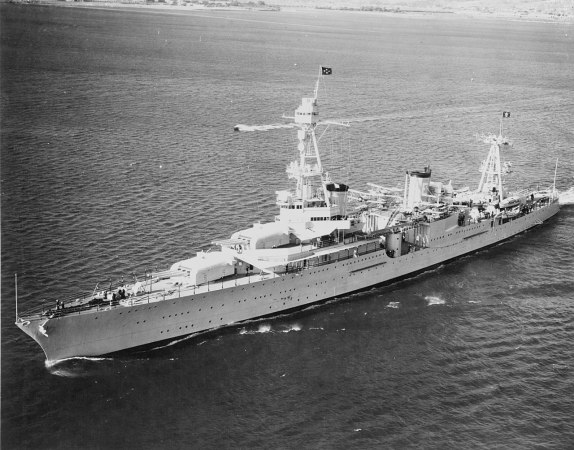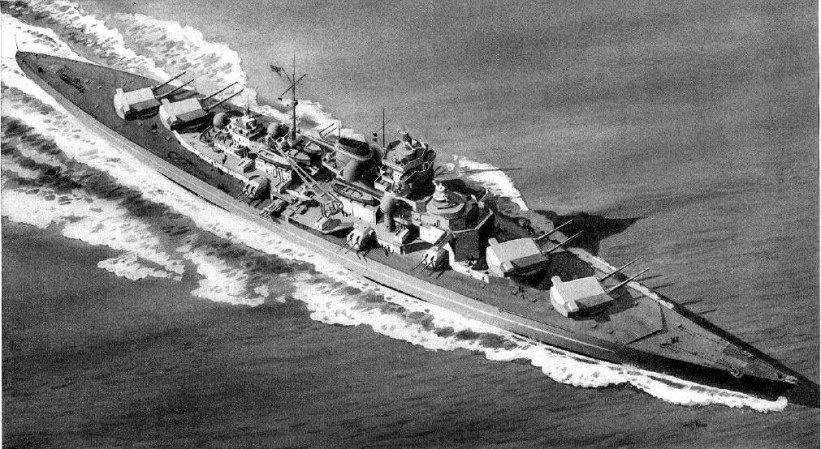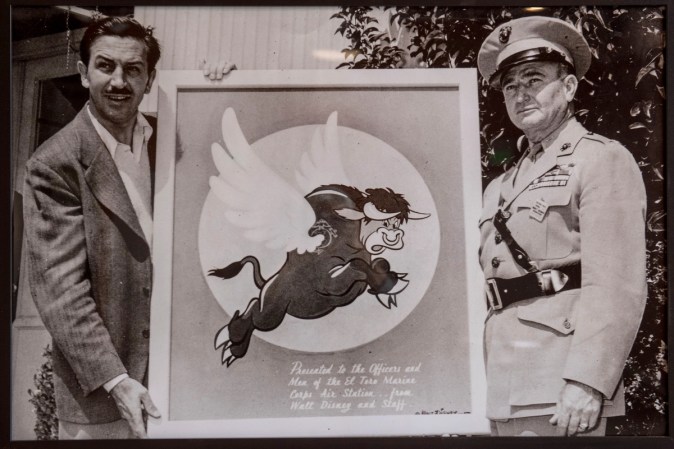The U.S. Navy achieved some amazing miracles in the Pacific in World War II. One of those miracles was when it came to damage control and ship salvage. The USS Yorktown nearly sank and then fought at Midway with just three days of repairs. Ships like the USS Virginia sank with extreme damage at Pearl Harbor but later fought again. And the USS O’Brien made it over a month and 2,800 miles from the torpedo that killed it.
Yes. A ship took fatal damage, sailed nearly 3,000 miles, and still stayed afloat long enough for the crew to escape when it finally succumbed to its damage.
The USS O’Brien
It’s easy to forget these days, but America was acutely aware in the late 1930s that the war “over there” in Europe was a world war that would eventually drag them into it. You can’t see three major powers invading across Europe, the Mediterranean, and the Pacific and not think, “Huh, this could get big.”
America prepared for war in the late ’30s, including building new, modern warships. One of those was the USS O’Brien. A destroyer, it was a small vessel that filled an important role. The 192 men of the crew were tasked with using speed and maneuverability to protect larger vessels like carriers and battleships.
From commissioning in 1940 to early 1942, O’Brien served on the eastern seaboard. But after the attack at Pearl Harbor, O’Brien was one of the ships rushed to the Pacific. There, it escorted convoys, assisted with an evacuation, and got upgraded anti-aircraft batteries.
By September 1942, the crew was seasoned and capable. They were sent to escort troops to Guadalcanal.
Fighting at Guadalcanal
The First Naval Battle of Guadalcanal raged for three days, and it was reaching its crescendo when O’Brien arrived. O’Brien was part of the anti-submarine screen for the aircraft carrier USS Hornet. When it saw another carrier, the Wasp, burning, O’Brien raced to the stricken ship. As it did so, it spotted one torpedo and narrowly dodged it.
As it was dodging the first torpedo, it got hit by a second on its bow. The hit came at the very end of the ship.
The ship stayed afloat, so higher commanders ordered it back to California for repairs, a journey of almost 6,000 miles. Initially, this went well. Hasty repairs on September 16 and 12 kept the ship afloat and the crew saw no signs for great concern.

Torpedo from I-19 hits O’Brien. USS Wasp can be seen burning in the background.
Sinking of USS O’Brien
Unfortunately, severe structural damage was hidden. Leaks near the keel were exposed and then accelerated. By October 18, the captain ordered heavy items jettisoned from the deck and headed for the nearest port. The next day, he ordered all crew except for a small salvage crew to abandon ship.
But the damage kept getting worse, and so even the salvage crew was forced to abandon ship and watch their vessel sink into the Pacific. All members of the crew made it off safely.
The O’Brien crew’s attempt to get their ship back to port was lauded even as the Navy investigated how the salvage and repair process had gone so wrong. According to a 1943 report, the ship experienced no rough weather and never exceeded 12.5 knots after the torpedo strike.
So it wasn’t the captain or crew who caused the failure.
Instead, the investigators pointed to the lack of dry dock facilities in the Pacific at the time. Basically, the damage would have been obvious in drydock, but the ship had to make it to at least Pearl Harbor to have found drydock. And with the backlog of ships still being repaired there from the 1941 attack meant that O’Brien had to attempt the trip to Mare Island, instead.
Luckily, the Navy built new drydocks in the western Pacific to reduce ship losses and improve turnaround times for damaged vessels.
The Navy put the O’Brien name back in rotation and a new crew cemented the heroic reputation. That O’Brien, DD-725, fought in the Atlantic and provided such effective fire at Cherbourg, France that Nazi defenders shifted their focus from a nearby battleship to the little destroyer.


